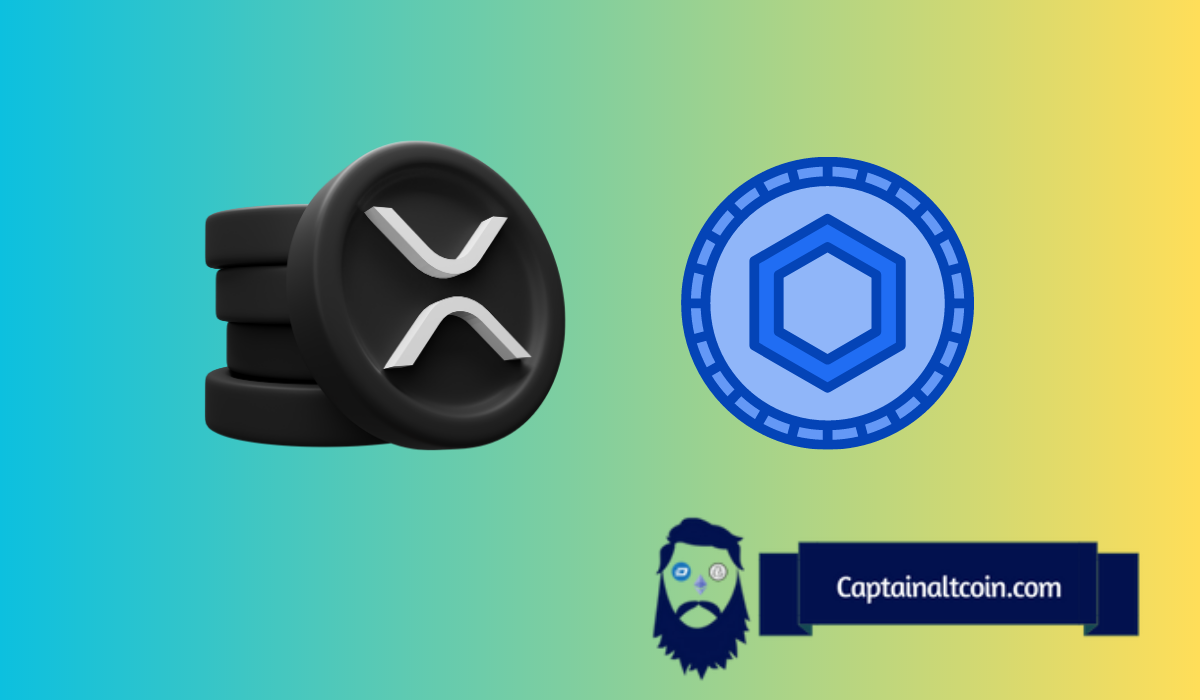Ripple’s CTO Hints at Big Change as XRPL On-Chain Payments Near Reality


Ripple’s Chief Technology Officer, David Schwartz, just offered a rare inside look into why XRPL isn’t yet being used for full on-chain payments – and why that could soon change.
In a tweet that quickly sparked reactions across the XRP community, Schwartz admitted that despite Ripple securing 300+ bank partnerships, on-chain volume still hasn’t taken off. “After 13 years, shouldn’t there be billions in daily on-chain volume?” he asked. His answer points to regulatory hurdles, not technology.
“Even Ripple can’t use the XRPL DEX for payments yet because we can’t be sure a terrorist won’t provide the liquidity for payment,” Schwartz explained.
That’s where a key update comes in – permissioned domains. This feature would allow institutions to filter transactions, limiting participation to wallets that meet compliance standards. The amendment is already on the ledger, waiting for validator approval.
Vincent Van Code, a well-known software engineer and XRP advocate, responded:
“The switch flippening could may as well happen when this is activated.”
For now, Ripple routes payments through private partners off-chain to avoid compliance issues. But Schwartz made it clear: this is temporary. As permissioned tools roll out and institutions begin trusting public ledgers more, on-chain volume could rise sharply.
“Ripple has 300+ bank partnerships, but after 13 years, shouldn’t there be billions in daily on-chain volume?”
I think there are a number of reasons why institutions have historically preferred to use digital assets off chain rather than on chain. I think we’re close to changing…
— David ‘JoelKatz’ Schwartz (@JoelKatz) July 30, 2025
Schwartz also tackled questions about XRP’s volatility. Some critics argue that stablecoins make better transfer assets. His response? Not always.
“There are use cases where volatility isn’t a minus, or is even a plus,” he said. In short, XRP’s price swings aren’t a deal-breaker if users value the potential upside more than the downside.
He added that for XRP to succeed as a bridge asset, someone needs to be holding it at all times. That’s the only way others can access it instantly. In a world with multiple stablecoins tied to different currencies, a neutral asset like XRP still has a key role.
When asked why companies like BlackRock or Circle would use public blockchains like XRPL instead of building their own, Schwartz said the answer lies in interoperability.
“Why don’t [Circle] launch USDC only on their own blockchain? You can see why that’s obviously silly,” he noted.
Schwartz also addressed concerns about geopolitical trust in Ripple’s payment network. He reminded followers that XRPL is not a US-based system, and Ripple itself operates through licensed entities in multiple regions.
“We build trust and we make hay where the sun shines,” he said.
With the permissioned domain feature nearly ready and Ripple’s legal issues nearing resolution, some believe this could be the moment when on-chain usage finally explodes.
For now, the switch hasn’t flipped – but it’s starting to look like it’s within reach.
Read also: ChatGPT and GROK Predict XRP Price in August
Subscribe to our YouTube channel for daily crypto updates, market insights, and expert analysis.


